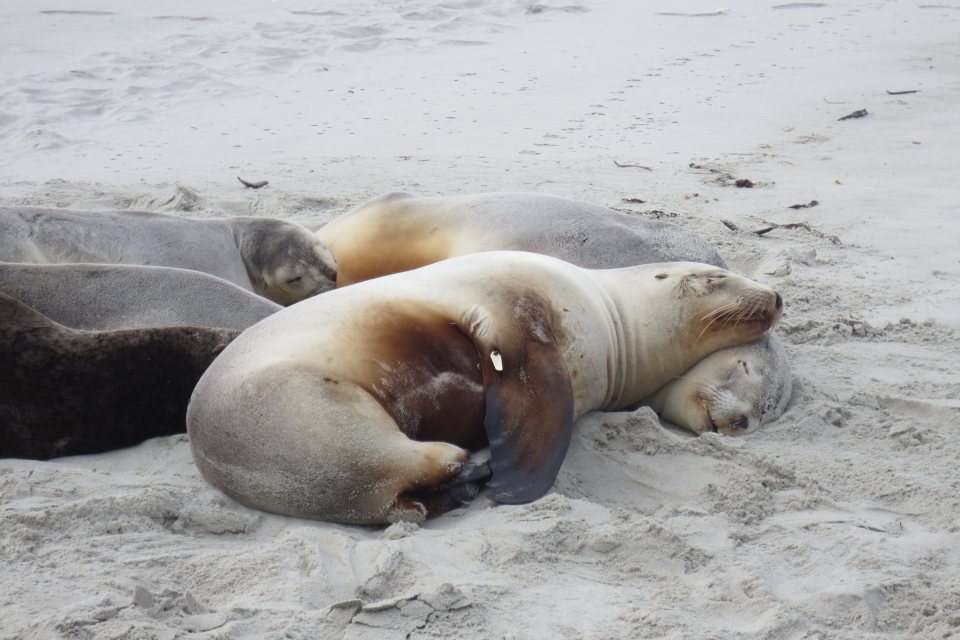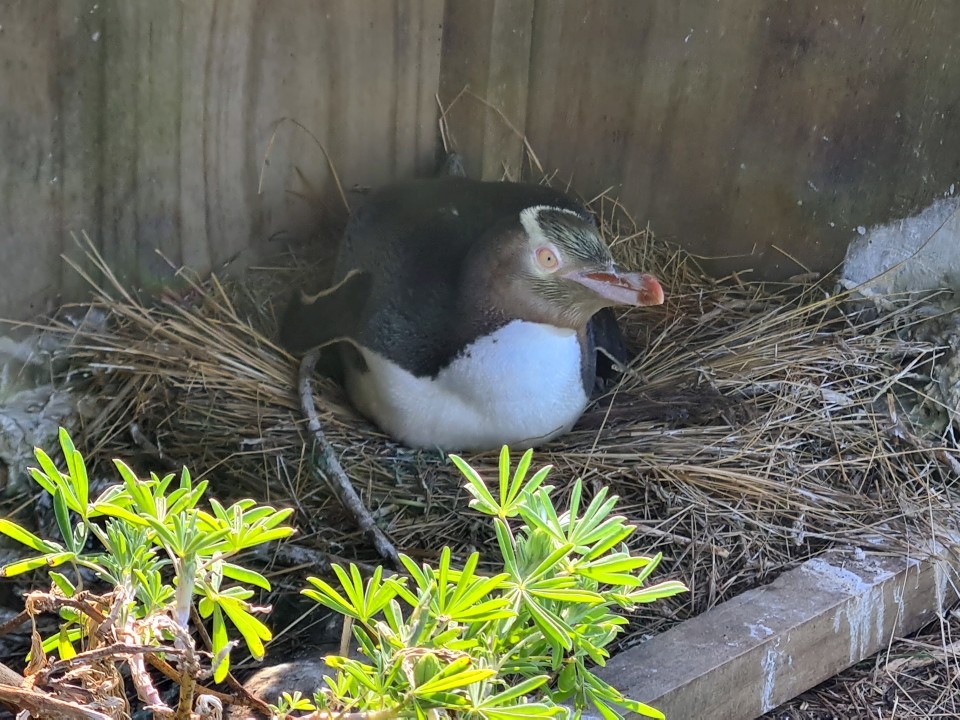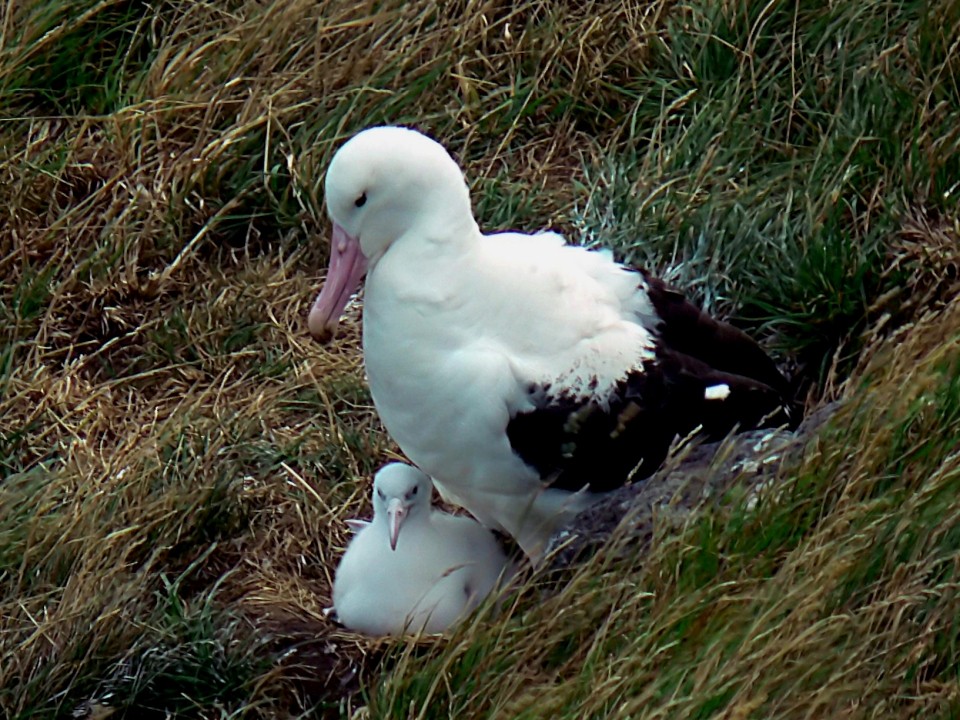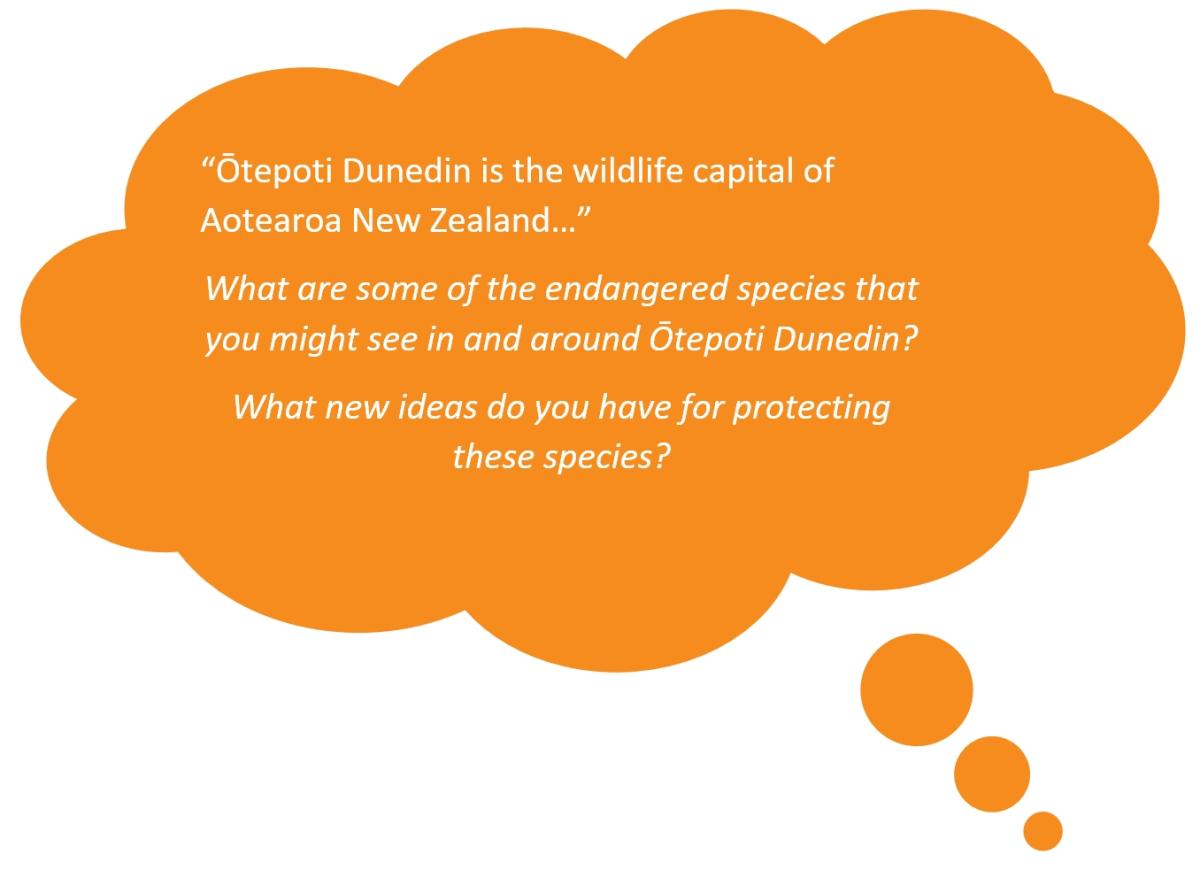You can contact LEARNZ, part of CORE Education, at:
Postal Address:
PO Box 13 678,
Christchurch 8141,
New Zealand

Ōtepoti Dunedin is the wildlife capital of Aotearoa New Zealand. This area is home to an amazing variety of endangered species.
You can see many of these species on Muaupoko, the Otago Peninsula. The peninsula stretches along the southern edge of the Otago Harbour and attracts tourists from all over the world.
There are many different species that you can see in and around Ōtepoti Dunedin.
Formerly known as the Hooker’s sea lion, these amazing mammals are very endangered and only found in Aotearoa New Zealand (on the mainland, Rakiura Stewart Island and the subantarctic Auckland and Campbell Islands).
They are one of the rarest species of sea lion in the world and one of the most threatened because of their declining numbers and small breeding range. They are very fast on land and like their personal space, so remember to give them their space and keep your distance.
The most common seal on the mainland of Aotearoa is the kekeno or New Zealand fur seal which can be found in high numbers on the Otago Peninsula and surrounding Dunedin coastline.

Muaupoko the Otago Peninsula is home to one of the world’s rarest penguins, the hoiho or yellow-eyed penguin. Listen to this recording of hoiho and you will understand why it is known to Māori as the noise shouter. Hoiho have a distinct yellow head band and yellow iris. Hoiho are unusual in that they nest under dense vegetation for protection.
Hoiho are very shy. They are the least social of all penguins. Hoiho nests are widely spaced and are often hundreds of metres apart. Hoiho are declining due to loss of habitat, overfishing, introduced predators, disease and climate change.
During the field trip we will look at how hoiho chicks are monitored in the reserves owned by the Yellow-eyed Penguin Trust, treated at the Wildlife Hospital and rehabilitated at Penguin Place.
The world's smallest penguin, the blue penguin (also known as little blue penguin) is around 25 cm tall and weighs about 1 kg. Kororā also call the Otago Peninsula and wider Dunedin region home. The New Zealand Penguin Initiative helps communities to monitor and look after penguins in their local rohe. You can find out more here. You can also see how students from Portobello School are monitoring kororā during the field trip.

The only mainland breeding colony of albatross in the world is found at the end of Muaupoko the Otago Peninsula on Pukekura Taiaroa Head. Toroa are magnificent birds with a 3-metre wingspan and can travel over 100km an hour.

Stewart Island shags, little shags, spotted shags, Bullers albatross, white capped albatross, southern royal albatross, pied stilts, variable oystercatchers, sooty shearwaters, spoonbills, and giant petrels can all be found on the Otago Peninsula and wider Dunedin coastline.
You can see kererū, tūī, korimako bellbird, pīwakawaka fantail, riroriro grey warbler, and tauhou silvereye in gardens around Ōtepoti Dunedin. Kākā are also spreading out from the Orokonui Ecosanctuary north of the city.
The Dunedin Wildlife Hospital plays an important role in helping to save some of these southern species.
Complete the Wildlife Capital of Aotearoa quiz >
Find out more about the wildlife in Ōtepoti here.